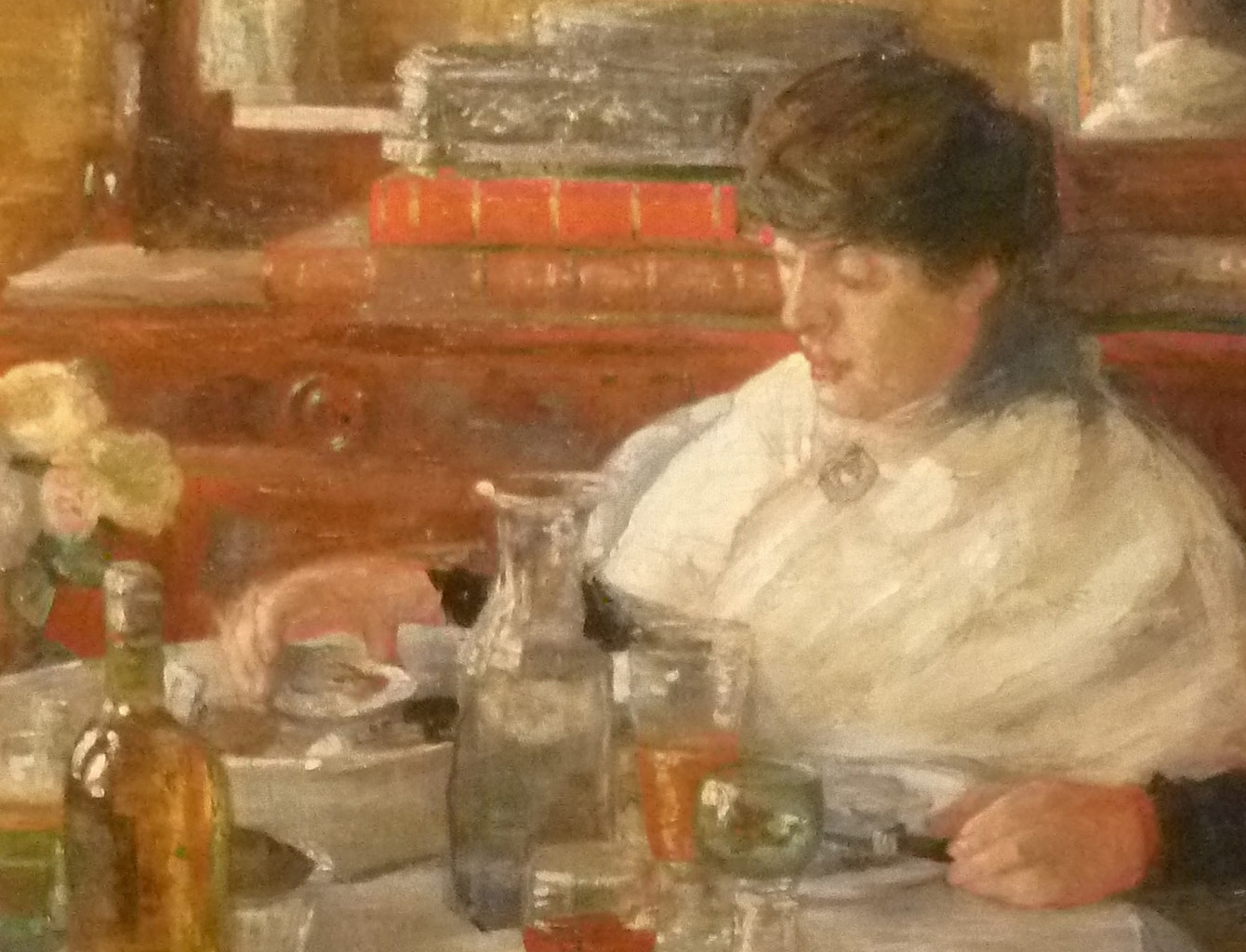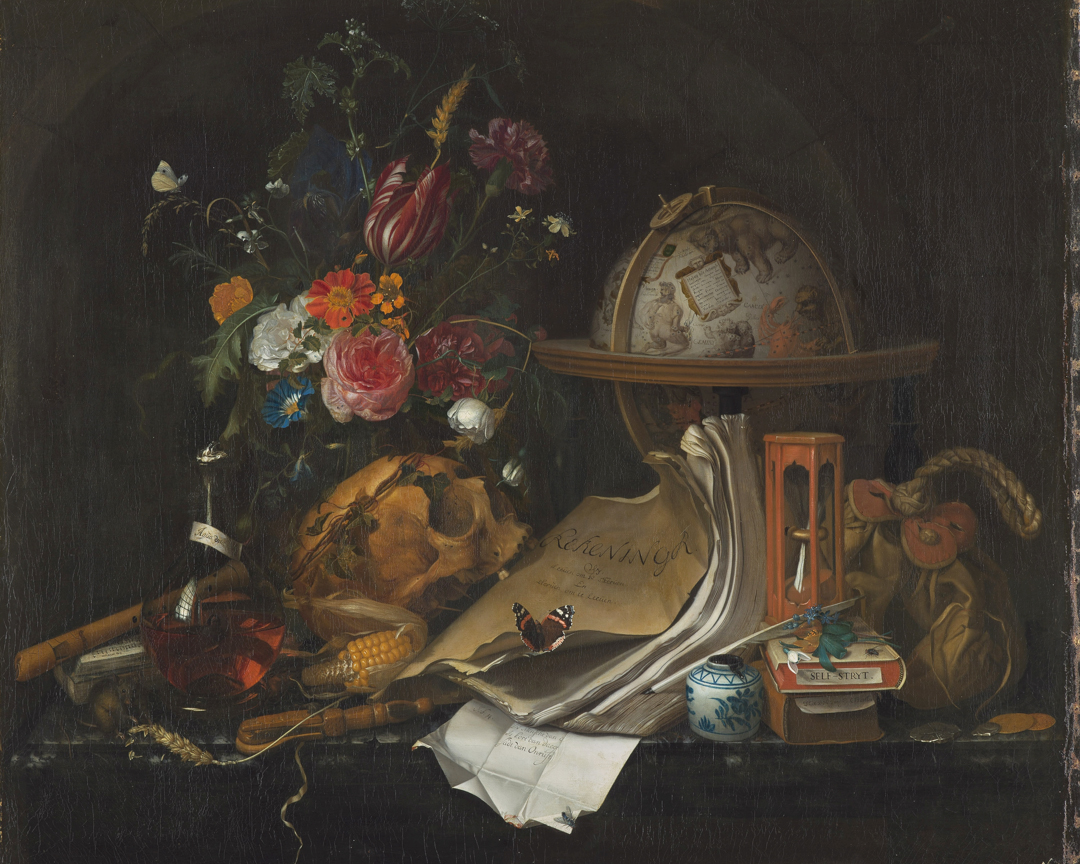
A pineapple for a king!
Some of you might say that the subject of the pineapple has not much to do with art history. But I find the topic so whimsy and a little bit bizarre that I just couldn’t help myself. So here we are.
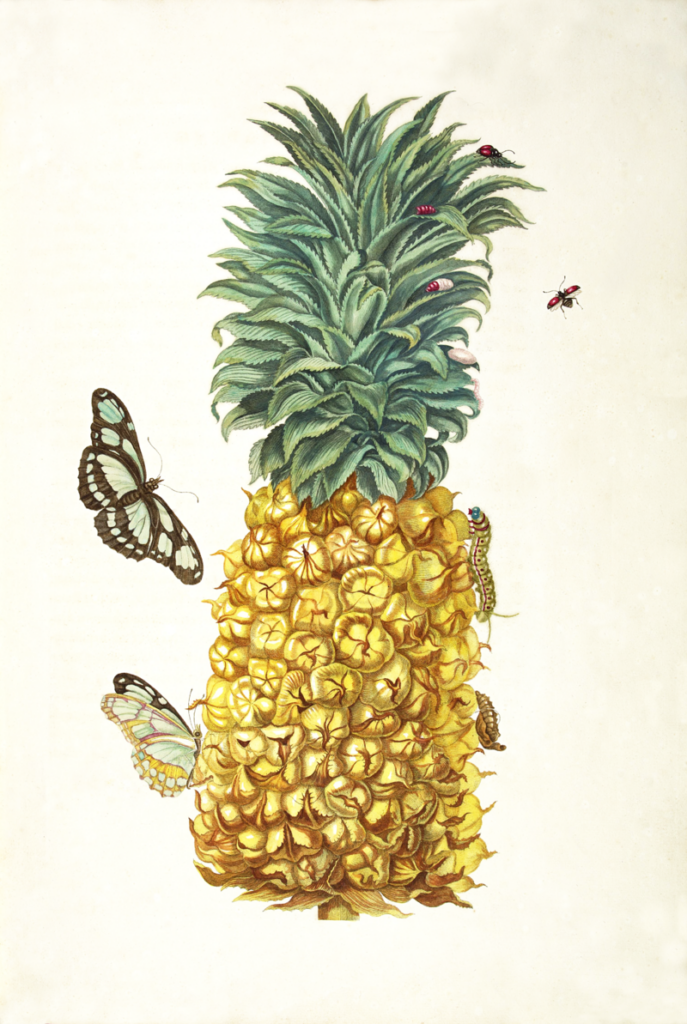
Pineapples are pretty common today. Nothing special. But this was not always the case. Pineapples were not only a very exotic delight in centuries past, they were expensive. In fact: they were so expensive that only the rich and the noble could afford them.

Around 1400, pineapples were a staple fruit of the Native American people. Christopher Columbus was the first European to encounter the fruit on his second journey to the American continent. On 4 November 1493 he landed in Guadeloupe and was greeted by the indigenous people. Shortly after the Portuguese and Spanish introduced the pineapple into India, East and West Africa, the Philippines, and China. The cultivation of the pineapple spread very quickly and became common throughout the tropical areas of the world.

But the transportation to Europe was a problem: The fruit was extremely vulnerable. Reports of the arrival of rotten fruit after an Atlantic voyage were renowned. It wasn’t until 1661 that the first pineapple was introduced to Europe. A single fruit survived the journey and was presented by a delegation from Barbados who gifted the pineapple to King Charles II. A couple of years later, in 1685, the first European grown pineapple was successfully harvested by Agnes Block’s gardeners. From the first half of the 18th century, pineapples were cultivated in greenhouses across Europe.

Rent a pineapple
The enormous operating costs the greenhouses resulted in the plant becoming a luxury item and status symbol, a symbol for royalty. Initially they usually were not even eaten but rather used as display for dinner parties „à la française„. Pineapples were so highly sought after that individuals unable to afford one could rent them in order to impress their guests.
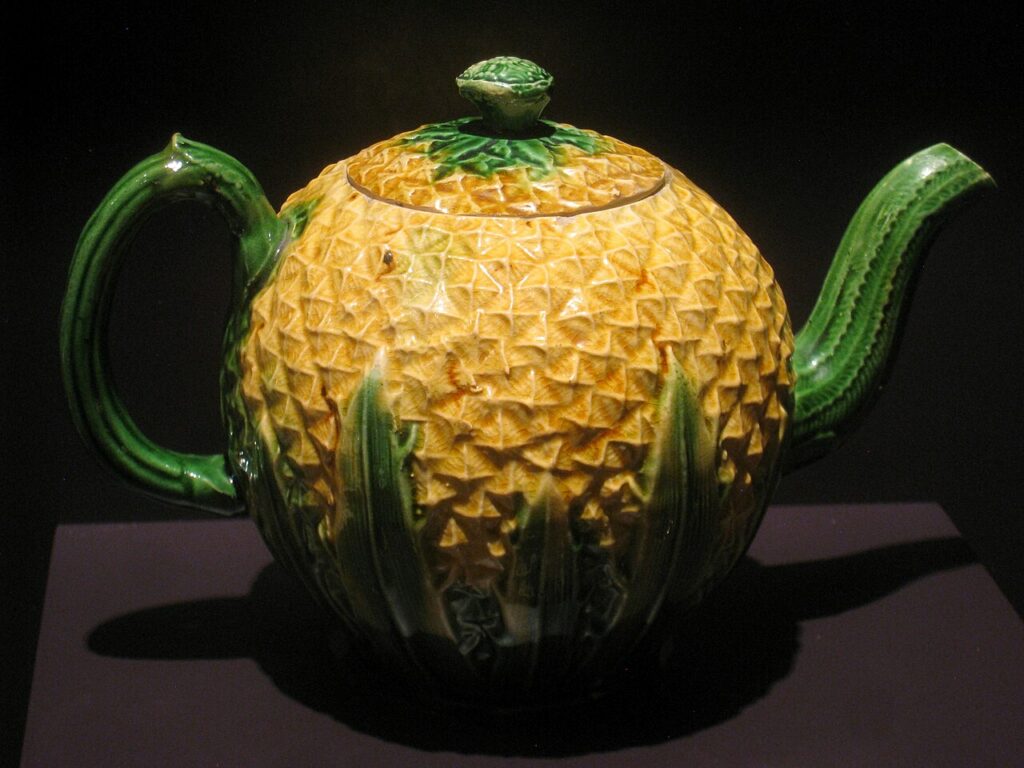
The motif of the pineapple was subsequently widely embraced in art and architecture: Josiah Wedgwood created a tea service in pineapple-design, John Murray, Earl of Dunmore, built a a 14-meter-high pineapple dome, erected on the heating system of his greenhouse.
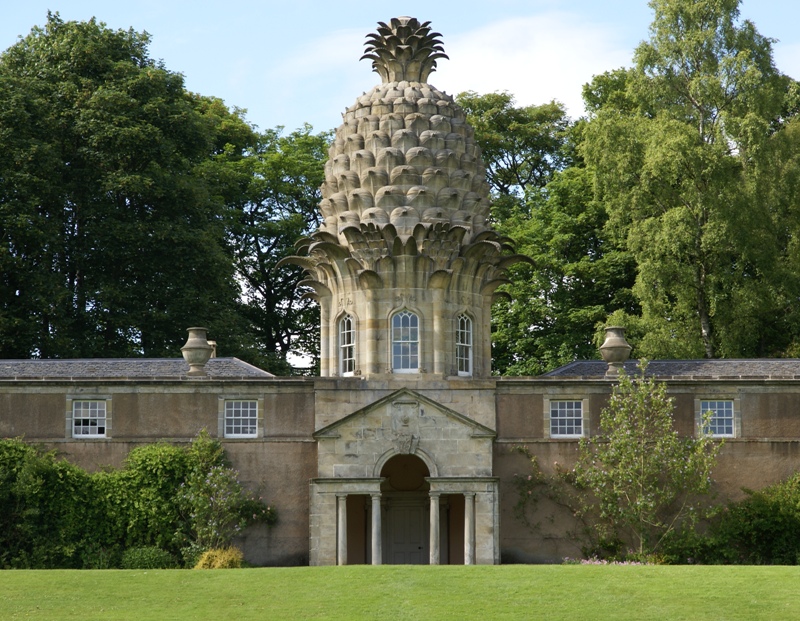
But it was not only the difficulties of the cultivation and the scarcity of the fruit that caused it’s special place in history. People were also fascinated by the strange shape and unique look of the fruit. And maybe, all whimsy aside, we should also remind the very questionable roots of the fruit in colonialism, the link between „exotic“ female sexuality, often with overtones of racism, and last but not least: their scarcity in the eighteenth century meant that remained a kind of ‘blank sheet’ onto which ideas of the ‘exotic’ were projected.
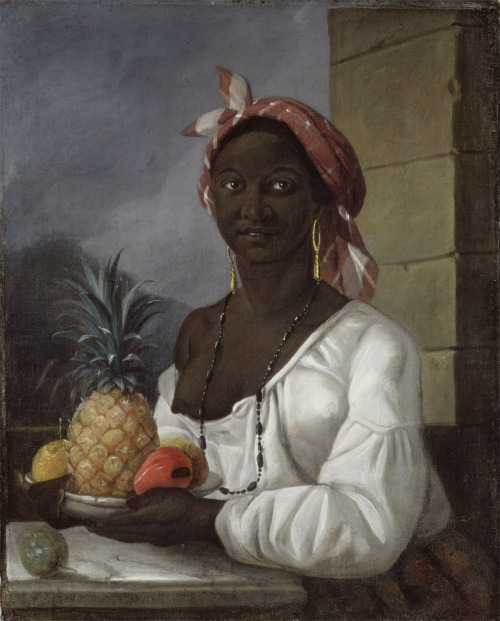
At the end of the 18th century the pineapple first turned into a symbol of decadence and, later, mass cultivation caused more or less the inflation of the value of the pineapple until today where we know it as a cheap staple food, coming straight out of cans.



